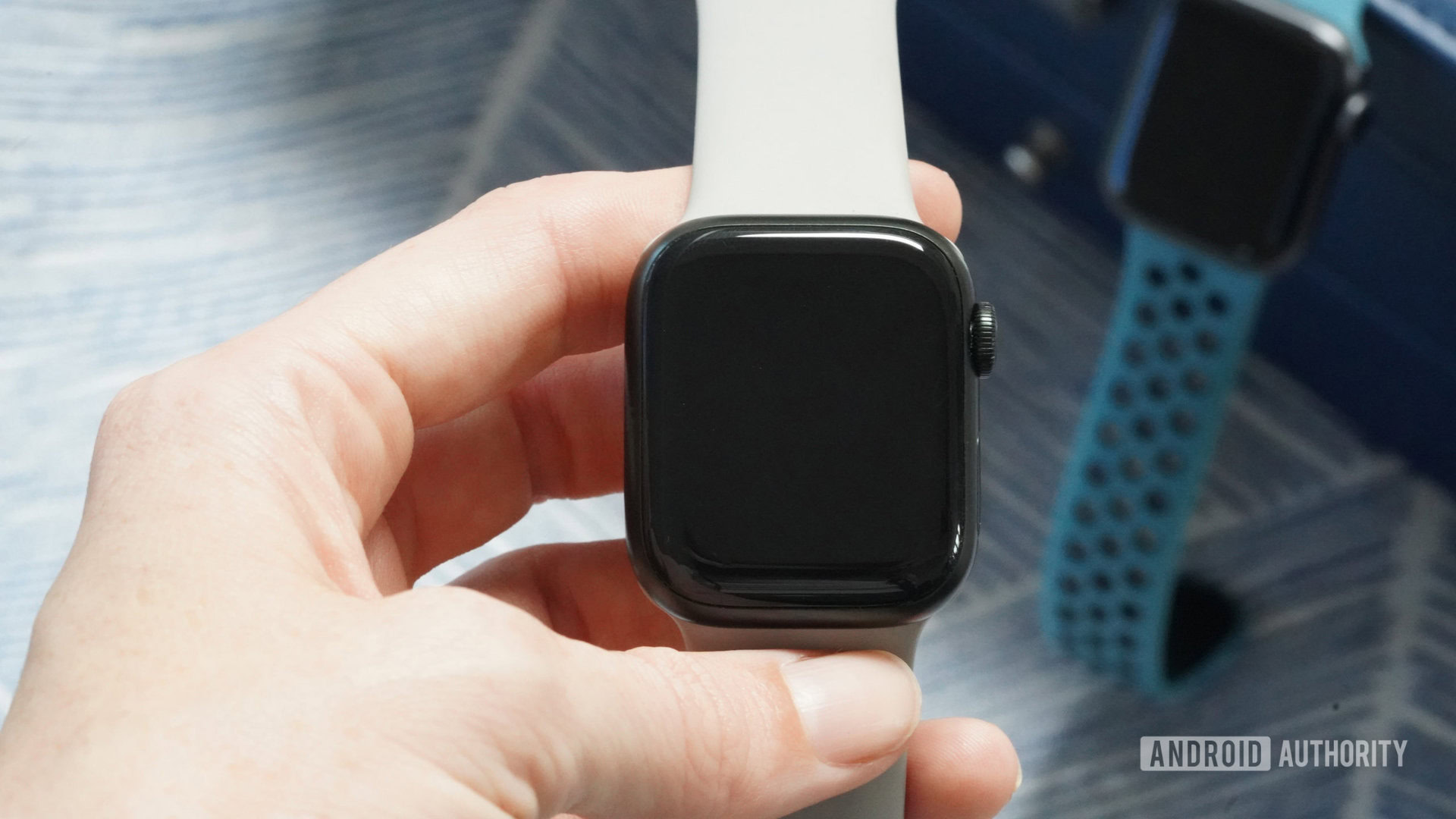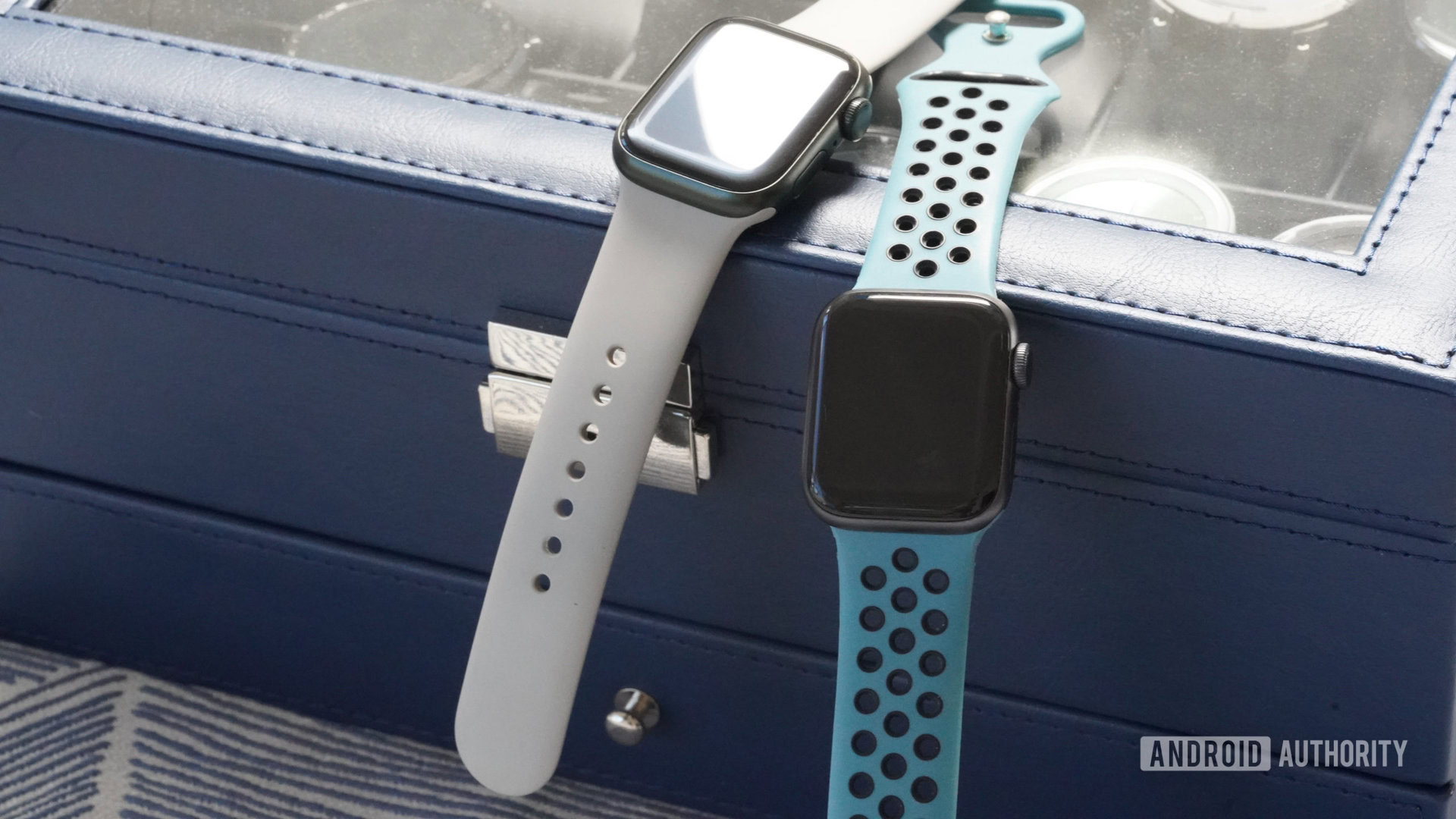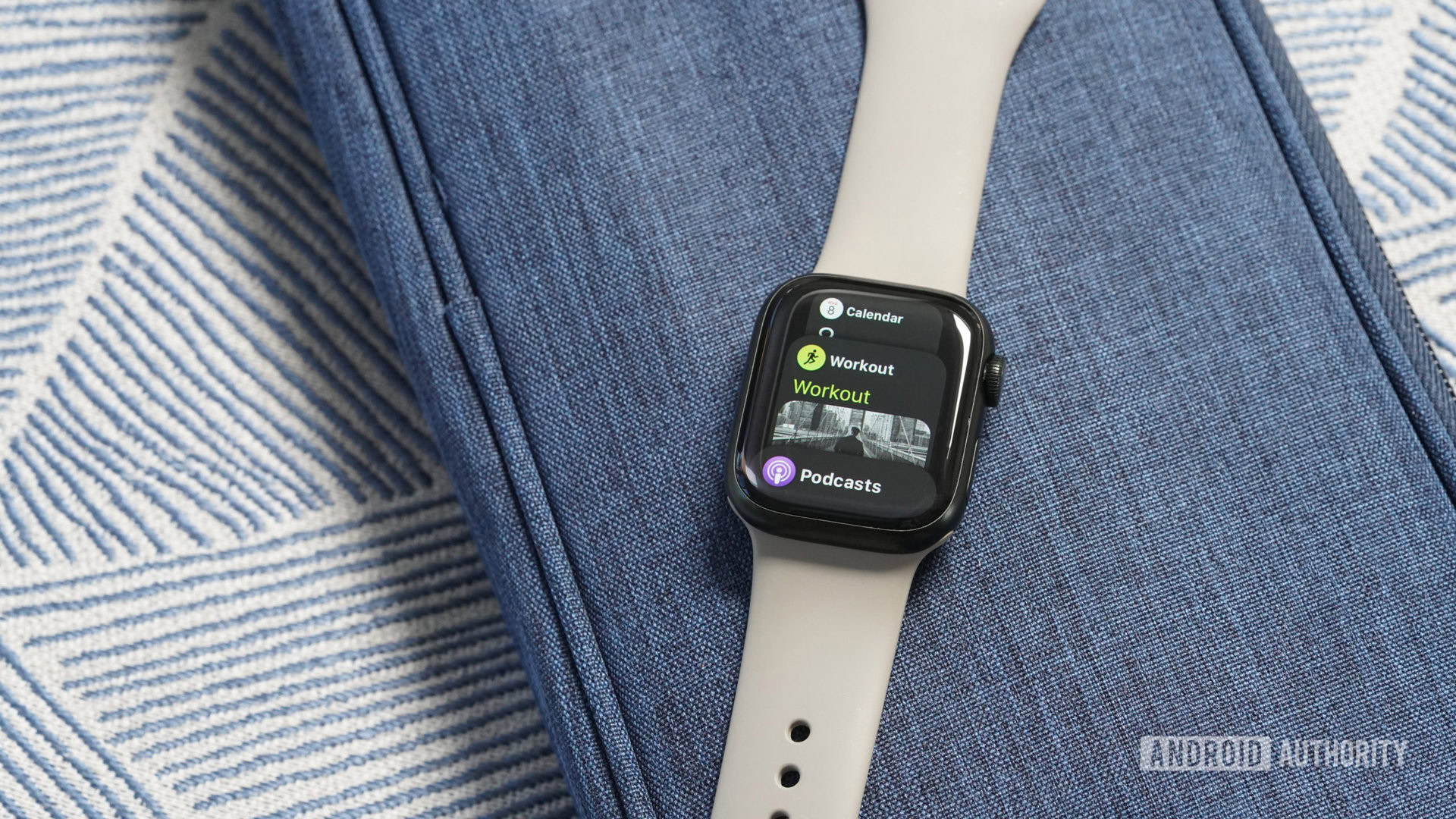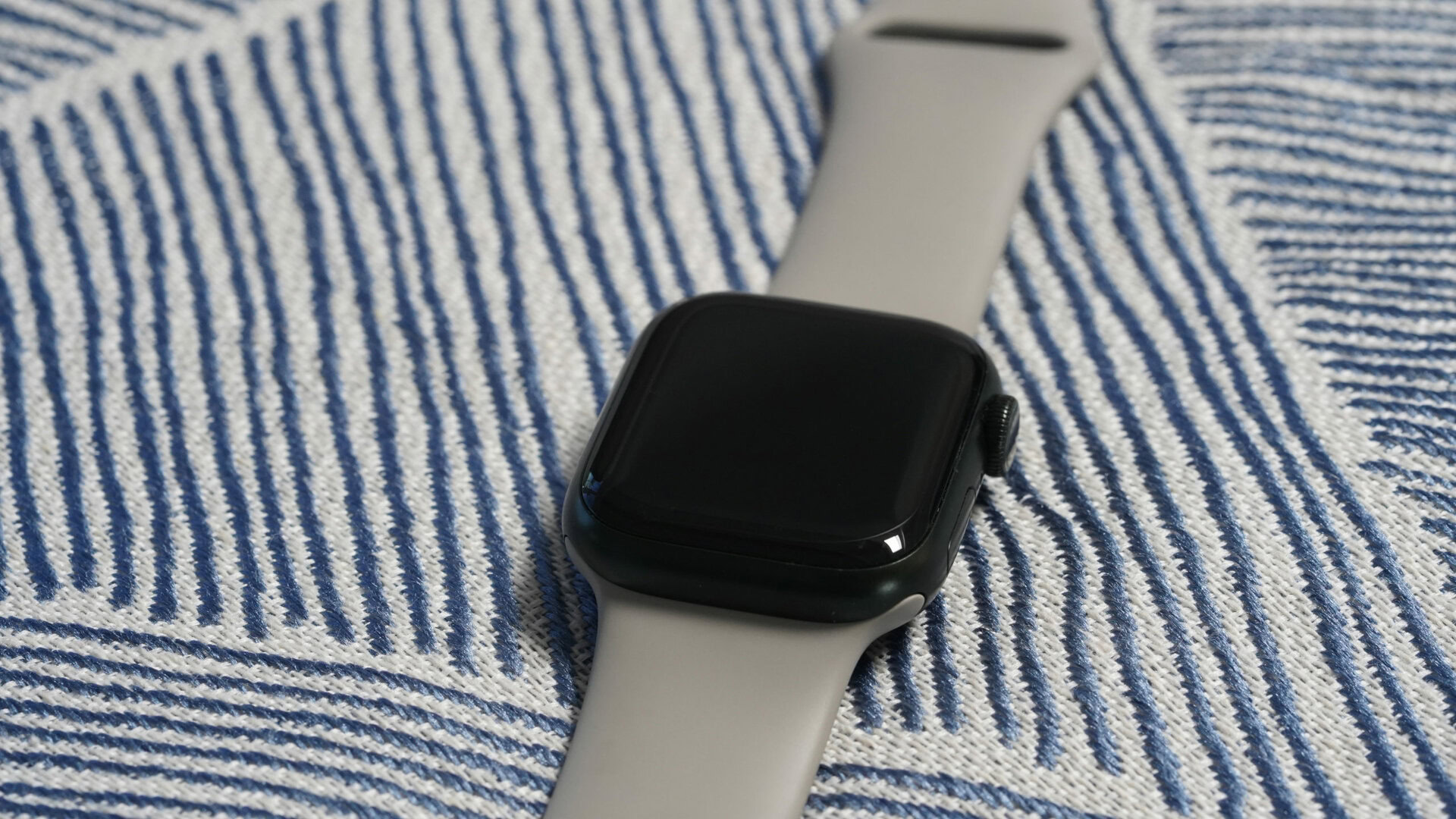Affiliate links on Android Authority may earn us a commission. Learn more.
Has Apple reached the limits of the wearable form factor?

For a long time now, the Apple Watch has been the creme de la creme of smartwatches. At least for iOS users, we consider it the best smartwatch available. But has the device line peaked? The upcoming watchOS 9 features Apple announced at WWDC aren’t exactly groundbreaking and have left us wondering if minute upgrades are all we’ll be seeing from here on out.
See also: The best smartwatches you can buy
Has Apple reached the limit?

We can all agree our wristwear can do a whole lot. Instead of simple timepieces, they’re now smartphone companions, fitness trackers, health monitors, and even on-wrist assistants. Apple Watches are no exception, delivering a staggering number of features and, on the whole, solid performance.
Since the very first model, Apple has added to and improved each flagship device, fine-tuning the wearables experience and responding to user feedback.
The original Apple Watch, while a bit weak, laid the line’s groundwork. Shortly after, the Series 1 revamped the company’s early effort with a lot more speed. Then, the Apple Watch Series 2 added GPS and water resistance for diving into lap work. A year later, the Series 3 gave us LTE connectivity. The Series 4 added an ECG and Fall Detection and the Series 5 brought users a highly-requested always-on display. The Series 6 put an SpO2 sensor at arm’s length and started counting our Z’s. In short, each year got better and better.
By the time we reached the Series 7 last year, however, Apple didn’t seem to have much newness left to offer. We didn’t see the rumored design changes, though we did get a bump in display size. Sure, durability improvements and faster charging are worth the effort, but are they really innovations or just inevitabilities? Likewise, a new QWERTY keyboard feels like a no-brainer, not a technological feat.
Don’t miss: Everything you need to know about the Apple Watch
watchOS 9

As we watched Apple unveil some upcoming improvements hitting our wrists in watchOS 9, we had to wonder if the wearable form factor has reached its apex. For starters, a few of the features Apple announced aren’t new at all — they just hadn’t yet reached this particular tech giant.
Many of the new features arriving in watchOS 9 already exist in the wearables market or aren't all that innovative.
Fitbit has been nailing sleep tracking and sleep stages for years, while advanced running metrics and training features are hardly new to the team at Garmin. Likewise, many apps offer medication reminders. To be honest, these improvements make us wonder “why now?” more than they actually get us fired up about their arrival.
Other new features are even subtler. Generally speaking, these include three camps:
- Unapologetic add-ins/fixes that probably should have existed all along (looking at you, weekly view in calendar).
- Natural progressions of developing feature sets, such as new support for the Home app within Family Setup.
- Genuinely exciting efforts at inclusivity, including increased accessibility for those with physical or motor disabilities and more language support using the QWERTY keyboard.
We definitely appreciate the new AFib History feature, but doesn’t it feel more like an expansion than something totally new? Apple’s watchOS 9 beta version is scheduled to reach developers in July and the general population this fall alongside the Apple Watch Series 8.
The Apple Watch Series 8
Rumors about what we can expect in terms of Apple’s next lineup of devices are scattered and mixed. We’re hoping to be wrong and see Apple push the limits of its current form factor even further. One persistent suggestion is an upcoming rugged model with higher durability for Apple’s more active and adventurous users.
Further reading: Apple vs Garmin — Which platform is right for you?
If device fragility has been a concern in the past, this might be an improvement you’ll appreciate. On the other hand, we’ve seen rugged devices like the Fenix series from Garmin for years, so we’re back to musing about what real innovation is left on the horizon.
Where there’s still room to impress

Both on the software and hardware front, it feels like Apple is slowly approaching the limit of what can be done with a tiny display strapped onto our wrists — at least with the current state of the technology. Maybe one day wearables would completely replace our phones, but as long as they’re an accessory, their ceiling is known.
But if Apple isn’t ready to hang its hat where it’s at, there are still a few easy ways to impress us. For one, seven generations in, the Apple Watch’s battery life is still rubbish. When plenty of wearables offer weeks-long battery life, it seems time Apple finds a way to surpass its 18-hour limit. Users simply don’t want to plug in every single day. Plus, with the improvements watchOS is bringing to the device’s currently mediocre sleep tracking, we’re unlikely to want to charge up at night either.
There have also been a number of rumors that both Apple and Samsung want to add body temperature sensors to their wearables. We can see a future with blood pressure and blood sugar monitoring as well, though these aren’t necessarily mainstream asks. The average user isn’t looking for niche health monitoring advancements.
Apple’s formula works and that’s worth commending. Each year, the company pumps out a new generation with enough upgrades to facilitate chatter, if not purchases. But have we crossed the threshold from innovation to just minor improvements? We hope not yet.